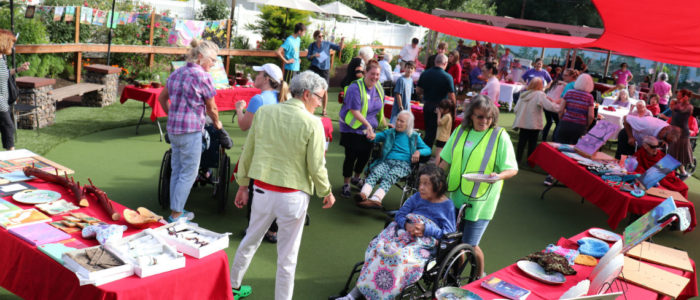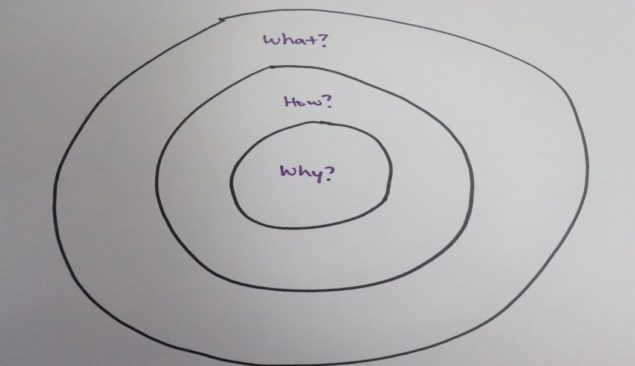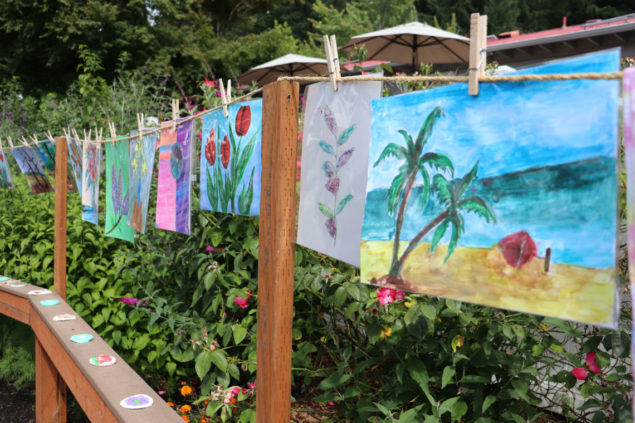
In every aspect of life, it is imperative to understand the “why.” Just ask any 3-year-old, it’s their absolute favorite word! They know what you said, but they want to know why they can’t have that candy in the grocery store before dinner. You have to tell them multiple times before they concede, if they concede at all. As we age, this desire to know why doesn’t diminish, our reason for asking simply becomes more multi-faceted. We want to know why our loved one is upset, why we should choose locally sourced produce over conventional produce, why we should choose school district X over district Y. We’re designed to want to know more, the secret perhaps is in learning when to be OK with not being the expert.
Simon Sinek is a gifted writer, speaker, and business leadership coach that coined the idea of “The Golden Circle” to explain why we care about the “why.” It’s simplistic in its design: there are 3 circles- the smallest in the center, a medium circle surrounding it, and the largest at the edge. The idea is: what you do and how you do it is an important part of the equation. If you have a solid why that others can understand and identify with, then what you do and how you do it have the freedom to remain fluid and dynamic. I would love to use ElderHealth & Living Memory Village (EHL) as an example here, so let’s play, shall we?

At EHL, we have a pretty simple what. What do we do? We are a memory care village that provides a home for folks with different types of mild to severe cognitive impairment. We are comprised of 9 separate homes, a welcome center, club, recreation department, health center, food and supply warehouse, maintenance warehouse, and let’s not forget our infamous 18-hole putting green! Ok, so maybe it’s not simple, there are a lot of moving parts, but we aren’t alone in our quest to create a place for those with memory loss to live and be cared for. We are one in a sea of thousands trying to do the same thing, so how are we different?
Our homes are designed to blend safety and security with freedom and independence. They are gated and secured so that our residents can safely roam about as they please; smelling the flowers and walking the paths, perhaps even pausing to sit in the shade and just relax. We have tools to help them keep their mobility (*read our blog about Merrywalkers!*) for as long as possible. We invite them to garden, help with dishes and laundry, all under the watchful eye of our staff who grow to love them like family. Admittedly, we do things a little differently. Our bathrooms have neon green signs with large letters and 5 different synonyms for the word “bathroom” just to try and cue a piece of the brain that will be reminded “Oh! This is where I can go to relieve myself.” Truthfully, our how is ever-changing, but that’s the way we like it. It can and should be continually changing because we have a solid why that acts as the glue to a million tiny pieces of trial, error, patience, and teamwork.
So why do we do all of this? Why did we do Art In The Park? And why is this blog titled “Why Art In The Park Matters” and this is the first time I’m mentioning Art In The Park? Because, to understand why we have events like Art In The Park, you must first understand what our why is and why it’s so important.

Our why: We believe in giving people with cognitive impairment the best life we can possibly give them. We encourage them to help with laundry, dishes, gardening, oil changes, picking blueberries, and anything else we can think of. Their best life must include dance parties, so we have a lot of those, but sometimes I think we all forget that living our best can also mean being childlike again: having the confidence to forgo mastery and pursue creativity. Afterall, art is not confined to one method, it takes many forms. It can be putting colors together on paper because it looks pretty, painting the imaginary picture in your head, molding a piece of clay, knitting, singing, dancing or so much more. For our village, it was a lot of these things, but the true beauty was in seeing how much fun our village family had together. We were able to create moments where staff were no longer staff, residents no longer residents, and our collective identity was simply creativity and imagination. Art begins when you believe it is worth doing and you attempt to create, no matter the outcome.

If any of these art projects sparked moments of real joy, then it was a success. Our goal really was simple: to help our residents have fun and give them the confidence to try something new. Afterall, if we are too busy focusing on what we cannot accomplish, we will never accomplish anything great. Had our resident, Elsabe, said to herself “I’m not a painter,” then she wouldn’t have been able to make this.

Perhaps it’s not such a bad idea to admire a 3-year-old, they just might be on to something.
**Thanks to the incredibly generous donations made by those who attended our 1st annual Art In The Park, we will be donating $2000 to the Alzheimer’s Association! We can’t thank you all enough for the support, encouragement, and love you showed!
By: Christine Martin


